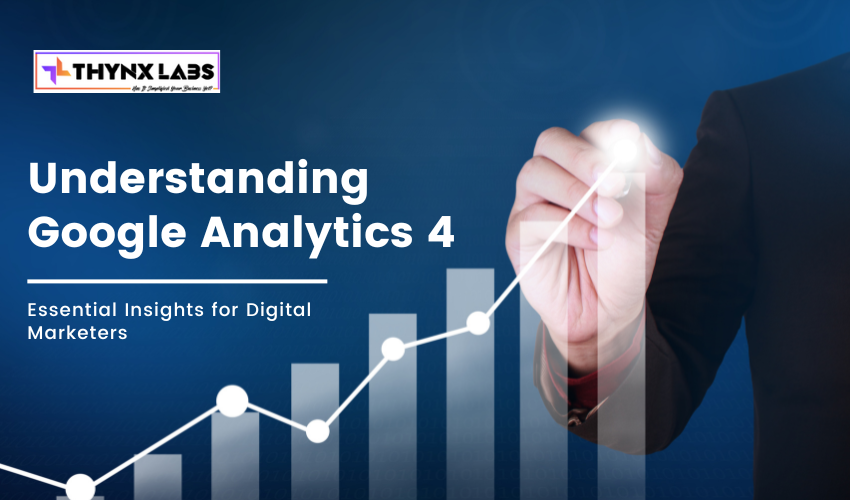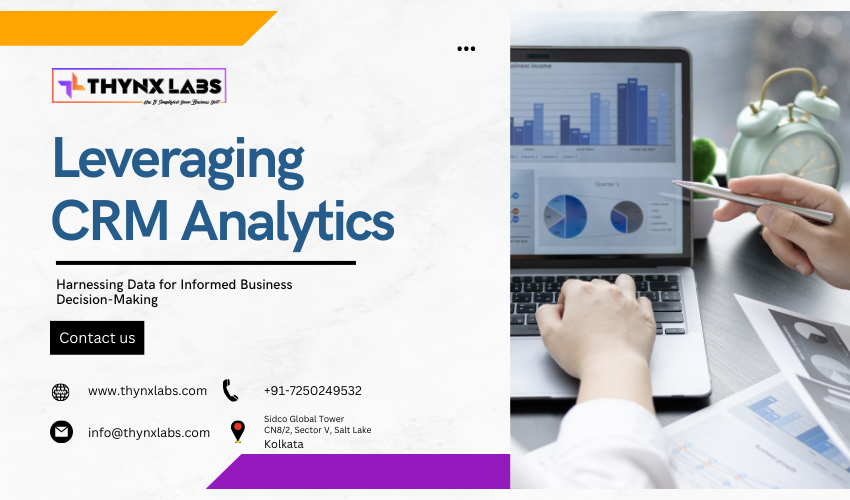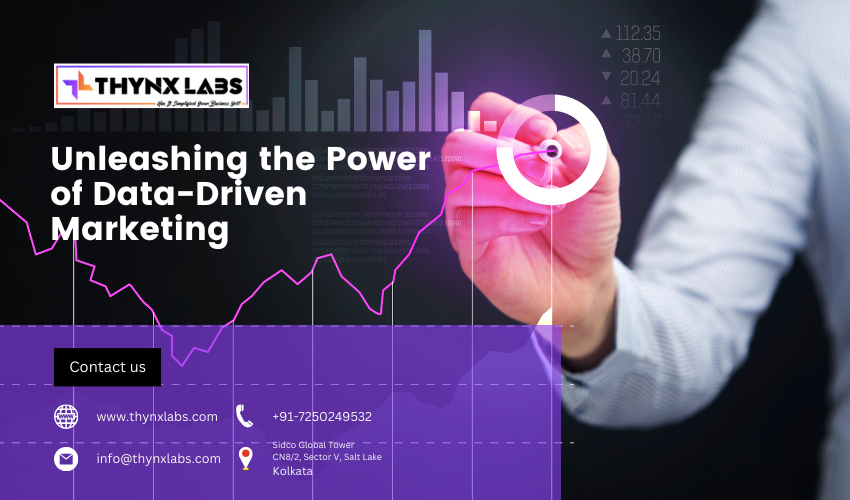UNDERSTANDING THE ROLE OF DATA ANALYTICS IN MODERN ADVERTISING
Data analytics plays a crucial role in modern advertising. It involves using statistical and computational methods to analyze and interpret large amounts of data generated by consumers' behavior, preferences, and interactions with advertising content. Here are some ways data analytics is used in modern advertising:
- Targeted Advertising: Data analytics enables advertisers to target their advertising campaigns to specific demographics, psychographics, and geographies. It helps advertisers understand the characteristics and behaviors of their target audience, which can inform ad placement and creative decisions.
- Personalization: Data analytics allows advertisers to create personalized ads for individual consumers. By analyzing consumer data such as their browsing history, search history, and social media activity, advertisers can create ads that are tailored to specific individuals' interests and needs.
- Performance Measurement: Data analytics helps advertisers measure the effectiveness of their Advertising campaigns. By tracking key performance indicators such as click-through rates, conversion rates, and return on investment, advertisers can optimize their campaigns for better results.
- Attribution Modeling: Data analytics enables advertisers to understand which advertising channels and touchpoints are driving the most conversions. By using attribution modeling techniques, advertisers can assign value to each touchpoint in the consumer journey and optimize their advertising spend accordingly.
- Predictive Modeling: Data analytics can be used to predict consumer behavior and preferences. By analyzing historical data and identifying patterns, advertisers can create predictive models that inform future advertising strategies.
Overall, data analytics is an essential tool for modern advertisers to understand their audience, optimize their campaigns, and drive better results.
Benefits
The benefits of data analytics in modern advertising are numerous, and some of them include:
- Improved Targeting: Data analytics allows advertisers to target their advertising to specific groups of people who are most likely to be interested in their products or services. This improves the effectiveness of advertising and can lead to higher conversion rates and return on investment.
- Personalization: Data analytics allows advertisers to create personalized advertising messages that resonate with individual consumers. Personalization has been shown to increase engagement and conversions, leading to a more successful advertising campaign.
- Cost Efficiency: Data analytics can help advertisers identify the most cost-effective advertising channels and campaigns. By analyzing data on consumer behavior and advertising performance, advertisers can optimize their advertising spend and avoid wasting money on ineffective campaigns.
- Increased Customer Engagement: By using data analytics to create targeted and personalized advertising, advertisers can increase customer engagement and build stronger relationships with their customers. This can lead to increased customer loyalty and repeat business.
- Better Decision Making: Data analytics provides advertisers with valuable insights into consumer behavior, preferences, and trends. By using these insights, advertisers can make more informed decisions about their advertising strategies and campaigns.
In summary, data analytics is an essential tool for modern advertisers to increase the effectiveness of their advertising campaigns, improve customer engagement, and make better-informed decisions about their advertising strategies.
Advantages
The advantages of data analytics in modern advertising are significant and include:
- Improved Targeting: With data analytics, advertisers can gain a deeper understanding of their target audience and create advertising campaigns that are more relevant to their interests and needs. This can lead to higher engagement and conversion rates, resulting in a more successful advertising campaign.
- Increased ROI: Data analytics allows advertisers to measure the effectiveness of their advertising campaigns and optimize them for better results. By identifying which advertising channels and campaigns are driving the most conversions, advertisers can allocate their advertising spend more effectively and achieve a higher return on investment.
- Personalization: Data analytics enables advertisers to create personalized advertising messages that resonate with individual consumers. This can lead to increased engagement and conversions, as consumers are more likely to respond positively to advertising that is relevant to their interests and needs.
- Competitive Advantage: By using data analytics to inform their advertising strategies, advertisers can gain a competitive advantage over their competitors. By identifying trends and insights that others may not be aware of, advertisers can create more effective campaigns and gain market share.
- Better Decision Making: Data analytics provides advertisers with valuable insights into consumer behavior and preferences, allowing them to make more informed decisions about their advertising strategies. This can lead to better results and a more successful advertising campaign.
FAQ's
Here are some frequently asked questions (FAQs) about data analytics in modern advertising:
Q.1 What is data analytics in advertising?
Data analytics in advertising is the use of statistical and computational methods to analyze and interpret large amounts of data generated by consumers' behavior, preferences, and interactions with advertising content. This analysis informs advertising strategies, helps advertisers to better understand their target audience, and improves the effectiveness of advertising campaigns.
Q.2 What are the benefits of data analytics in advertising?
The benefits of data analytics in advertising include improved targeting, increased ROI, personalization, competitive advantage, and better decision-making. By using data analytics, advertisers can create more effective campaigns, increase engagement and conversions, and gain valuable insights into consumer behavior and preferences.
Q.3 How is data analytics used in advertising?
Data analytics is used in advertising to identify consumer behavior patterns, preferences, and trends. This data is used to inform advertising strategies, create personalized advertising messages, and optimize advertising campaigns for better results. Data analytics is also used to measure the effectiveness of advertising campaigns and make more informed decisions about advertising spend.
Q.4 What are some examples of data analytics in advertising?
Some examples of data analytics in advertising include targeted advertising, personalization, performance measurement, attribution modeling, and predictive modeling. These techniques involve using data to inform advertising strategies, optimize campaigns, and measure effectiveness.
Q.5 What are the challenges of data analytics in advertising?
Some challenges of data analytics in advertising include the availability and quality of data, data privacy concerns, and the complexity of data analysis. Additionally, the speed at which data is collected and analyzed can be a challenge, as advertisers need to be able to respond quickly to changes in consumer behavior and preferences


